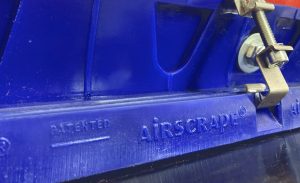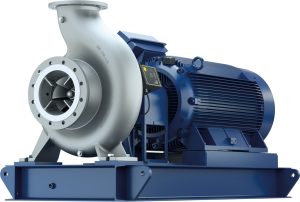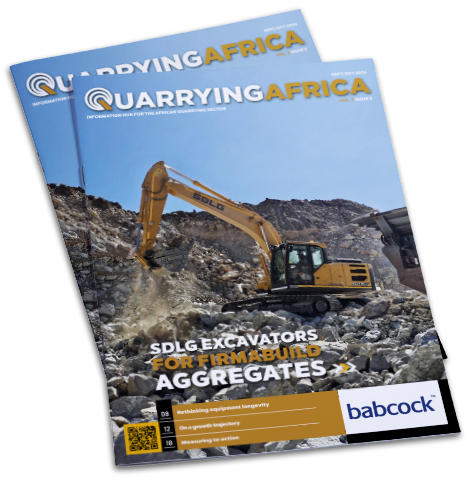For both economic and environmental reasons, water management should be a priority at every quarry and processing facility. This is the overarching message from ASPASA’s best practice guideline for water management.
Water management is integral to achieving sustainable practices and is increasingly becoming a high priority in any industry. This is due to new and existing water resources becoming scarcer in many regions throughout the world; per capita water consumption is increasing annually; water and sewer rates have increased significantly over the last decade (100-400%); and new water supply options are too costly or even unavailable.
There is also the growing recognition of the water, energy and operations and maintenance savings that can be realised through the implementation of water saving strategies. The intention is to introduce information on existing procedures and strategies for improvement and conservation. Methods for increased efficiency, recirculation and reuse not only lessen the environmental impacts of production, but also lead to cost savings.
Several methods exist for streamlining the use of water in quarry sites and production facilities, including modification to site landscape and investment in efficient equipment.
Reseeding the quarry site with native grasses, indigenous and drought resistant plants reduces the need for dust suppression as a greater amount of water is able to be trapped in the planted, denser soil. A second benefit to this strategy is that maintaining vegetation while the quarry is active eliminates the future need to dedicate finances toward this aspect of site closure and reclamation while also providing vegetation for wildlife. Reduce evaporation through controlled scheduled irrigation at dawn and dusk.
Paving or covering with sediment the access paths of the quarry reduces the amount of loose particulates on those roads, thereby decreasing the amount of water required for dust suppression.
Installing geotextiles under plantings not only ensures hardier vegetation but also significantly moister soil. Increased retention of soil water results in less dust and therefore less water for dust mitigation.
Updating equipment can greatly reduce water consumption. Pumps and pipes wear with age, leading to wasted water via material deficiencies. Aged machines that are used in cutting and extracting can also waste water by overheating too easily or by creating more dust than newer technologies.
The use of automated systems – including variable-speed pumps – results in streamlined, consistently lowered use of water in facilities.
Primary water treatment (i.e., solids separation) and reuse at the quarry or processing facility can be accomplished in a number of ways. Filter presses, cyclone separators, sedimentation systems, retention basins, and combinations of these systems are all viable solutions. In selecting an appropriate scheme for your site, several factors must be considered, including water demand, physical limitations, time, and climate.
Facilities that have a high-water demand or large out fluxes of water may find that settlement ponds are most effective at supplying the needed water as well as providing a sufficient storage area for effluent. A filter press or cyclone separator alone may not be as capable of handling especially high flow rates.
If space is limited or other geographic obstacles exist, filter presses, inclined plate clarifiers, or cyclone separators (hydroclones) may be the best option for filtration followed by storage in a tank or basin.
These machines typically utilise a smaller amount of area than a series of ponds and avoid the need for excavation as they are installed on the ground surface.
Read more in the July-August issue of Quarrying Africa.





